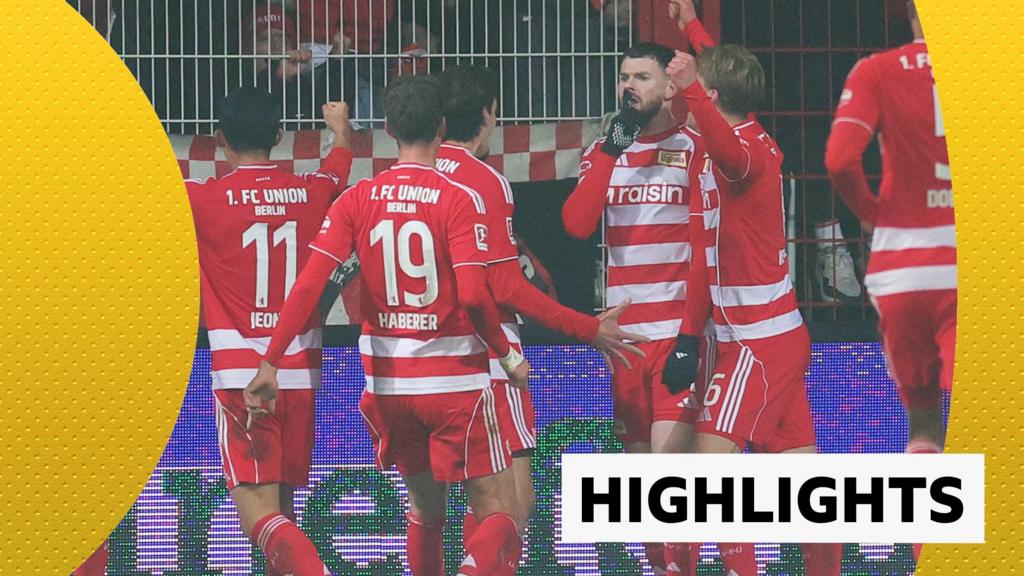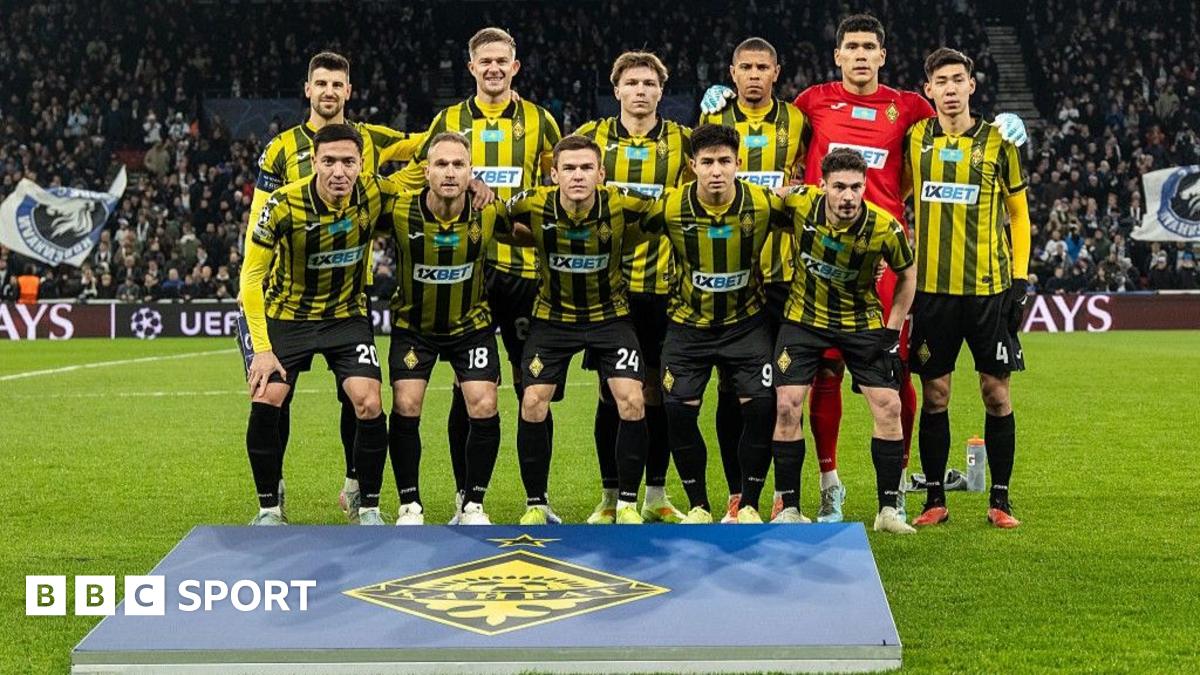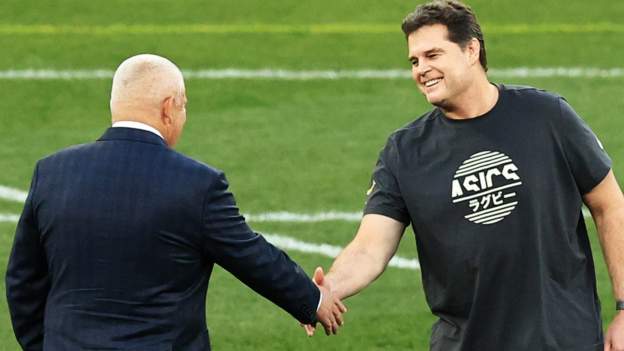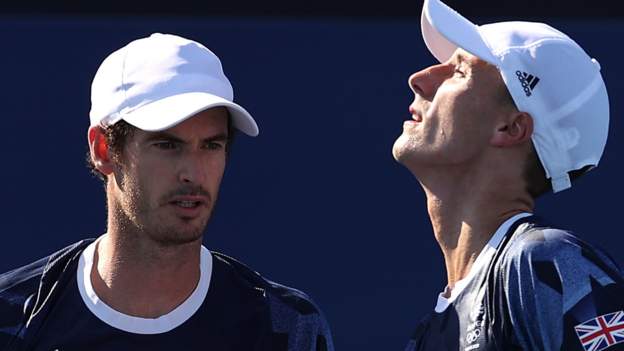It was the second race in succession in which Verstappen and Norris clashed, with a completely different outcome to a very similar – but not identical – move.
In the United States Grand Prix the previous weekend, Norris was penalised for overtaking off the track after trying to pass Verstappen around the outside and both ending up in the run-off area.
Norris, and the vast majority of his fellow drivers, felt that Verstappen’s driving had not been acceptable – he had come off the brakes to make sure he had reached the apex of the corner first, even though that meant he was going too fast to make the corner.
That triggered a specific part of the racing guidelines, which say that if the car on the outside is not ahead at the apex, it is not incumbent on the driver on the inside to give room on the exit.
But the drivers could see what Verstappen had done and that led to discussions with governing body the FIA in Mexico. The upshot was that the FIA agreed to revise the guidelines and bring the new text for approval to Qatar in two races’ time, taking into account the drivers’ views on this sort of “dive-bomb defence”.
So it looked after the clash between Verstappen and Norris on lap 10 in Mexico as if the stewards were actioning these conversations. And perhaps they were in a way. But the two incidents were different in that this time Norris had his car slightly ahead at the apex.
This meant that, when Verstappen again ran him off the track, according to the guidelines, Norris should have been afforded room. So when Verstappen failed to give him any, he was penalised.
Four corners later, it was even more obvious. Verstappen, now behind, lunged for the inside, they went off and another penalty was dispensed. Even Verstappen more or less admitted he was at fault there.
“It just felt that the Turn Four was a bit more a question mark,” Verstappen said. “Turn Seven is what it is.




















